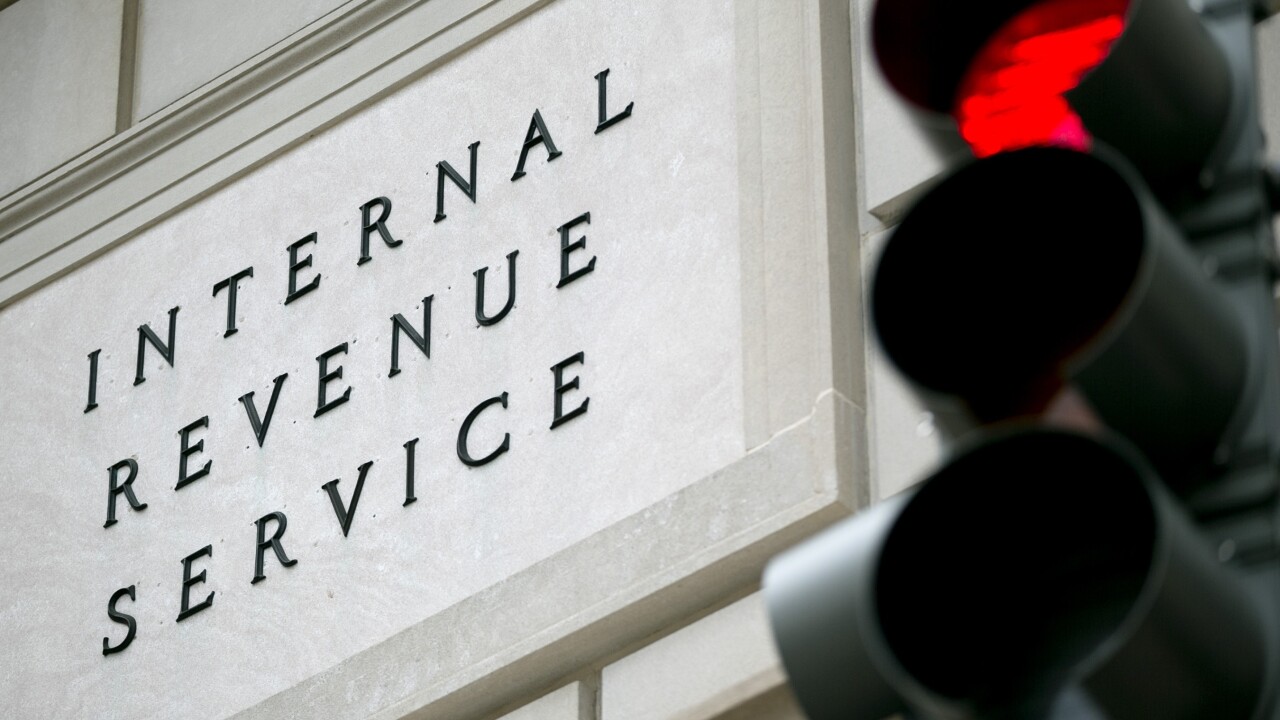IMGCAP(1)]The middle of summer is not the time of year that most of us want to think about taxes. However, the IRS’s tangible property repair regulations that were released this year require some reflection.
These regulations led to some confusion as well as a rush to implementation. Some taxpayers implemented them correctly, while others completed only some of the steps necessary to ensure compliance with the new law. Fortunately, taxpayers have until the extension date of the 2014 return to finalize implementation. Even if a return was previously filed, a taxpayer can amend a return with a Change in Accounting Method if that return is filed by their extension date.
Firms may be asking why a taxpayer would even be concerned with these regulations at this point. Others may be thinking that the Small Taxpayer Safe Harbor under Revenue Procedure 2015-20 means that no action is necessary. Though the revenue procedure allows many taxpayers to prospectively adopt the new repair regulations, it is not always the most prudent measure to do so.
Take, for example, a company with $9 million in fixed assets and $5 million in gross receipts. For purposes of this example, the taxpayer acquired a $5 million property in 2001. Then in 2010 the taxpayer replaced the lights as part of a building improvement. The new lights are considered capital and the taxpayer can take a partial disposition on the original lights. If the original lights were determined to have a $90,000 basis at the time of purchase, this could create a potential catch-up adjustment of $60,000. The only way for the taxpayer to claim the $60,000 deduction would be to file a Form 3115, “Application for Change in Accounting Method,” along with the 2014 tax return. If the taxpayer does not file a 3115, the original lights will stay on the books until they are fully depreciated in 2040 or until the property is sold. Even if the taxpayer replaces the lights again, they will not be able to deduct the original lights. This is a simplified example, but it shows how the numbers can quickly grow.
Whether a taxpayer chooses to file a 3115 or not, moving forward they must comply with the new regulations prospectively. A common misconception is that if a taxpayer chooses the simplified method, the lack of change means no changes are necessary for fixed assets. This is incorrect. Taxpayers need to adopt the new repair regulations starting Jan. 1, 2014, whether they have filed a 3115 or not.
So what are the next steps that a taxpayer and provider should be taking? Taxpayers should consider the following three steps. While this does not cover all of the issues, it is a good starting point to ensure taxpayers are not missing out on opportunities.
Step One: Ensure Taxpayers Have a Capitalization Policy in Place
A critical portion of the new regulations is the issuance of a de minimis standard for capitalization. This is something taxpayers have been requesting for years. However, in order to utilize this new standard the IRS states that a capitalization policy needs to be in place. Any taxpayer that does not have a capitalization policy in place should make sure this issue is addressed as soon as possible.
In addition to the capitalization policy protecting the de minimis safe harbor, there are other reasons to ensure a capitalization policy is in place. During the 2014 tax year, taxpayers around the country spent millions of dollars to ensure their fixed asset listings were scrubbed. Many taxpayers filed 3115 forms to ensure they were maximizing the benefits of the new repair regulations. This included looking for partial dispositions, as well as reviewing prior capitalized assets to see if they could be treated as repairs.
Taxpayers who do not update their capitalization policies to track these issues will be forced to go through the same issues again in the future. It is critical that the lessons learned during this tax season are implemented to ensure assets are correctly handled moving forward.
Step Two: Determine if a 3115 is Necessary, where One Has Not Been Filed
Many taxpayers have already filed 3115 forms to clean up their fixed asset listings; however, many have not. Due to the complex nature of 3115s, some taxpayers have delayed implementation. This could be for many reasons. Some taxpayers have not wanted to spend the time and money to review their assets, others have determined there is no change, and still others fall under the small taxpayer safe harbor under Revenue Procedure 2015-20. However, many of these taxpayers should still be reviewing their assets to determine if a benefit still applies.
Step Three: Communication Between Taxpayer and Preparer
In many cases, the most crucial step is for taxpayers and preparers to sit down and discuss these new regulations in detail. It is critical to communicate what changes were made, if any, and how taxpayers should move forward in the 2015 tax year. Some taxpayers, unaware of the extent of the 3115 changes, have reverted back to the old way of handling their assets. For these taxpayers, the 3115s had minimal effect as they reverted back to the old way of doing things as soon as the 2014 return was filed. It is critical that taxpayers understand these changes to ensure future compliance.
Time is running out to implement these regulations. Taxpayers who desire to look at their assets on a retroactive basis need to start reviewing them as soon as possible. Unfortunately, the process of reviewing a taxpayer’s assets takes time.
While summer is not the time of year that tax preparers want to spend looking at these issues, it is critical that we do not wait. Taxpayers who wait may miss out on some of the opportunities that these regulations create. Providers who wait may see their clients moving on to new tax preparers who are more proactive on these regulations.
David McGuire is director of the Cost Segregation Practice at





